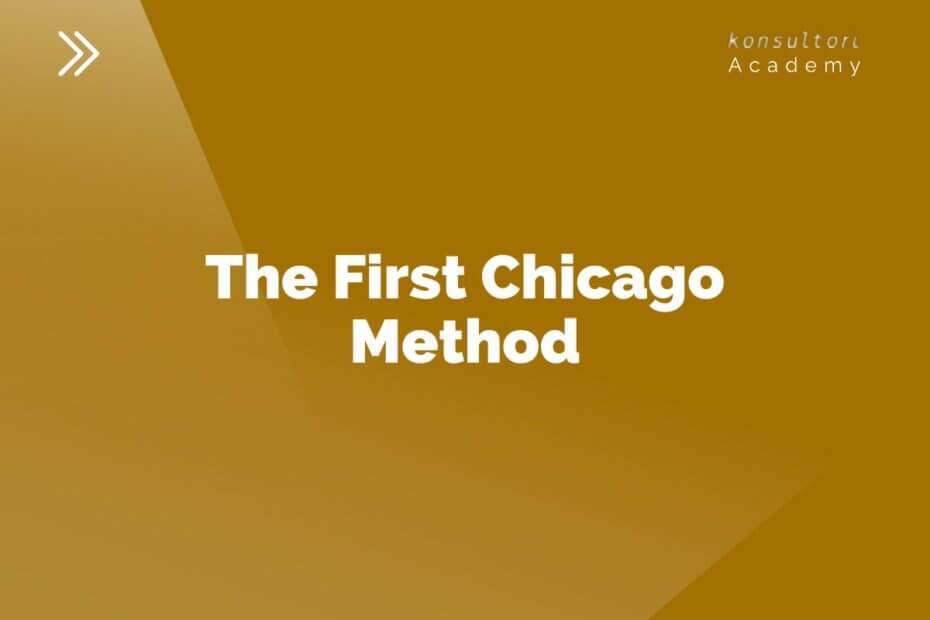Coming up with the right and exact valuation for your startup is challenging. It is startups nature, that their future is not easy to predict because there is always a lot of uncertainty and risk involved. Once you start your conversations with potential investors, you will quickly discuss the valuation of your business. So how should you go about it?
When to use the First Chicago Method for startup valuation
Startups have a very dynamic future. Thus, the valuation depends a lot on how your company will evolve. You and potential investors will have different opinions about the possible (and probable) future development of your business. The First Chicago Method allows you to take different scenarios into account. These scenarios are then combined into one weighted average valuation for your company. Investors in early-stage ventures with dynamic growth models often use this method because it gives them better results.
How does it work?
The First Chicago Method is based on either the venture capital method or the discounted cash flow method but takes it a step further. You could see it as one of the more sophisticated startup valuation methods. In either case, in the first step, you would plan 3 different scenarios of how your venture could evolve. You would have a worst-case scenario valuation, a base case and a best-case valuation. For each case, you calculate the valuation using either the venture capital or the discounted cash flow method.
In the second step, you combine the three cases. You estimate how likely it is that the worst-case scenario will be the one that is going to happen, or the base case or the best case. You multiply the probabilities by the respective values and add them up. This gives you a weighted average valuation combining the three scenarios.
KONSULTORI ACADEMY
Be prepared to approach investors professionally
